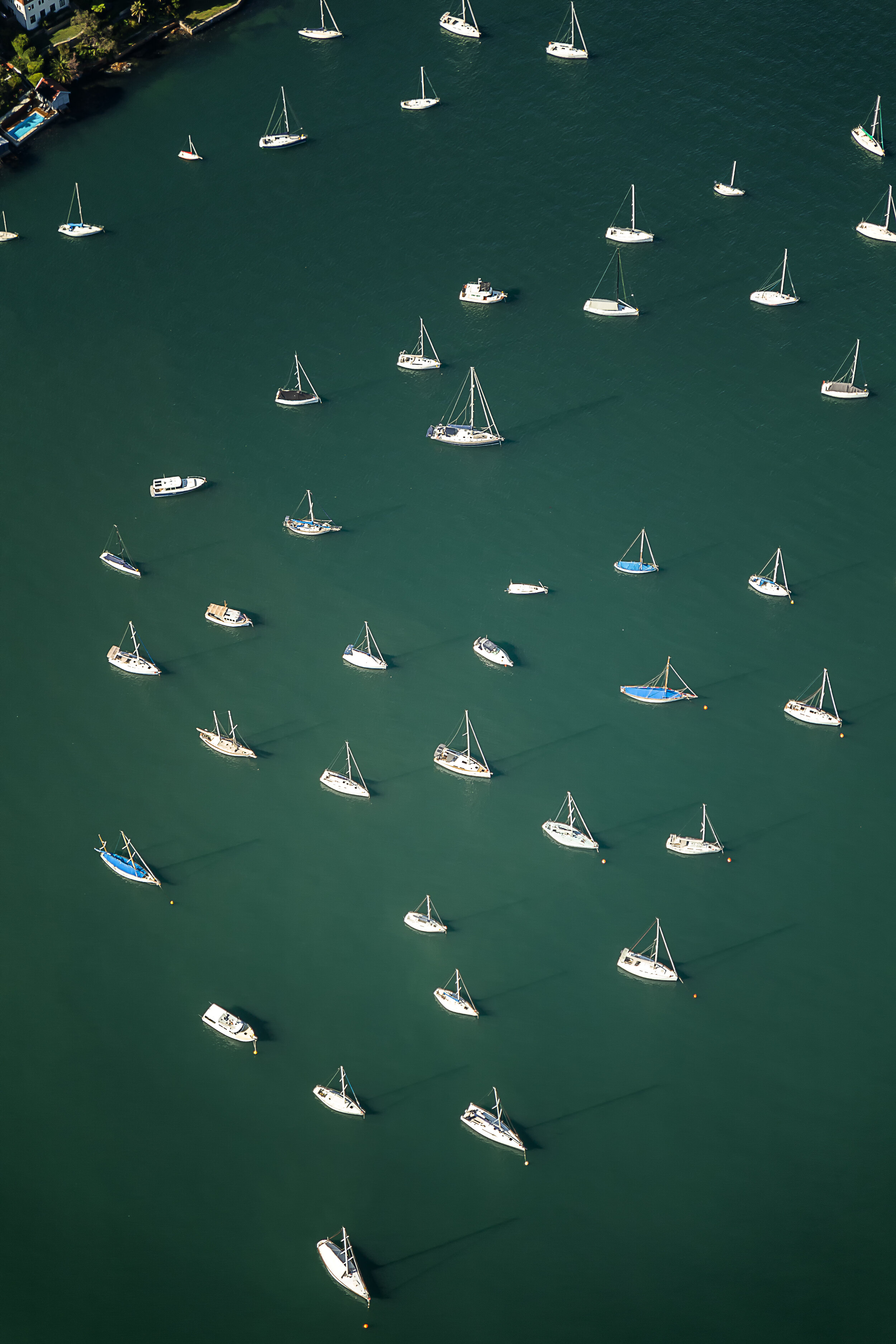Having flown in many helicopters over the years in Vancouver, the Kimberley, Sydney, Uluru and Kata Tjuta, the Fraser Coast and more, I’ve picked up a few tips along the way to get great shots from above.
Ask for DOORS OFF! This gives you a clear and unimpeded view of the outside world around you. Shooting through sometimes scratched and dirty perspex glass is not the easiest thing to excel at.
Communicate with your pilot. Be clear about what kind of shots you want, where you might want to fly, and do this before the actual flight if possible. On the flight you will have a headset and microphone so you can also chat while flying, but unless you’re a millionaire, chances are you have only booked a flight for less than 30 minutes so, time matters.
A clear day is best as clouds cast shadows on the land below, and are to be avoided if possible. Over ocean and rivermouths, low tide yields the most amazing designs and patterns.
If you are flying over the ocean on a sunny day, I recommend using a CPL filter - a circular polarising filter on your lens. This can help cut the glare and also show more clarity in the water.
Whatever gear you are using, it must be secured well - so wear a camera strap or a hand grip.
Take care that nothing can fall off your lens such as a lens cap (put it away before the flight) as this can have unwanted consequences if it falls off……….(I will leave it at that).
Don’t change lenses during the flight. I generally take one camera and lens, a Canon 6D and Tamron 24-70mm lens. I prefer not to bring 2 cameras but that is an option if you wish to use several different lens lengths. Note that using a super wide angle will most likely get the rotor blades or the bottom rack in your shots!
Be aware that the heli is constantly moving - so you want a fast shutter speed. I find that using Auto ISO and AV (aperture priority) mode set at f2.8 is a great start. You may want to adjust these settings as you fly, so check your camera to make sure it’s working for you.
You will probably have a friend or a few other people on your flight, so keep in mind that you are not the only person who matters - this is good to communicate before the actual flight to make sure you all get the shots you want.
Remember all your standard composition rules for photography, and keep your horizons straight if you include the sky/horizon.
ENJOY your flight and please leave a Comment below if you enjoyed reading this!












